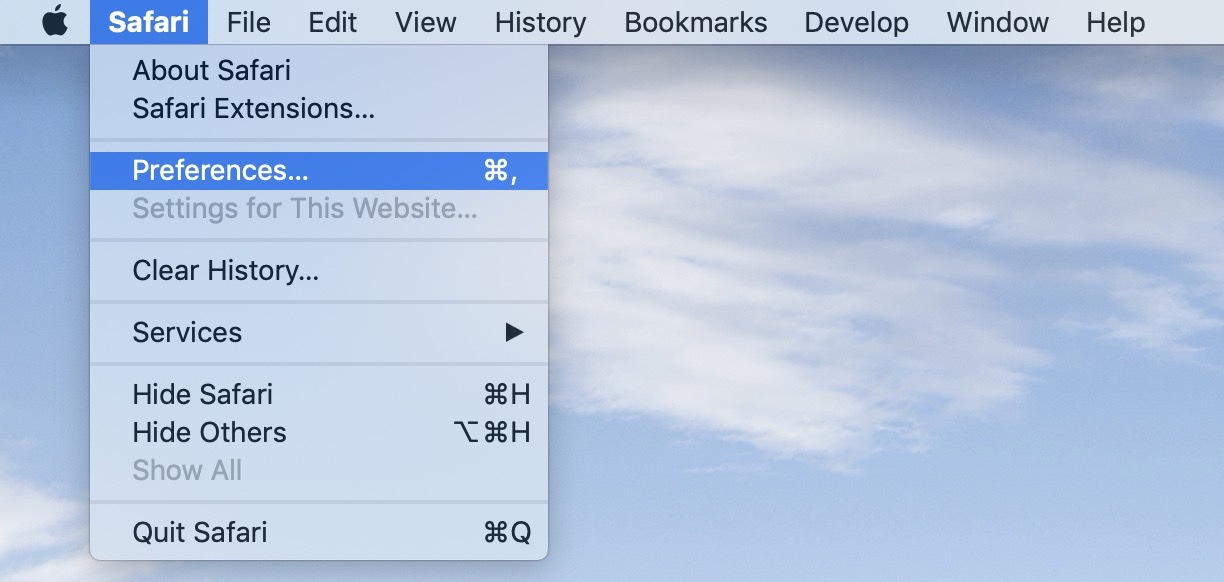
- #LOOK FOR A PASSWORD FOR WEBSITE ON MAC FOR FREE#
- #LOOK FOR A PASSWORD FOR WEBSITE ON MAC UPDATE#
- #LOOK FOR A PASSWORD FOR WEBSITE ON MAC SOFTWARE#
- #LOOK FOR A PASSWORD FOR WEBSITE ON MAC PASSWORD#
- #LOOK FOR A PASSWORD FOR WEBSITE ON MAC FREE#
#LOOK FOR A PASSWORD FOR WEBSITE ON MAC PASSWORD#
For maximum convenience, you should avoid password managers that don't automatically capture passwords. Some record your credentials when you create a new account for a secure website.
#LOOK FOR A PASSWORD FOR WEBSITE ON MAC UPDATE#
Some products detect when you change your password to an account and offer to update the existing password on file to the new one. Most password managers also offer a browser toolbar menu of saved logins, so you can go straight to a saved site and log in automatically. If you've saved multiple logins for the same site, the password manager lists all those options. When you return to that site, it offers to fill in those credentials. In practice, when you log in to a secure site, the password manager offers to save your credentials. Most people use a password manager primarily to manage website credentials. Fortunately, password manager apps typically let you authenticate using your fingerprint or face, and then they fill in your username and password for you. Most experiences and features translate to mobile platforms without issue, but no one wants to enter a password like on their smartphone's tiny keyboard. The best password managers have browser extensions for every popular browser that can operate independently of a desktop app.įull support for mobile platforms is a requirement for any modern password manager, as most people frequently use their mobile devices to access secure sites and apps. Although support for Windows and macOS platforms is a given, several password managers now offer native Linux apps, too. The best password managers support authentication via U2F- or OTP-based hardware security keys, most of which are about the size of an actual key and made to go on your key ring.īefore you commit to any password manager, you need to make sure it works on each device you use and doesn't prevent you from syncing your passwords across all your devices. Read our tips on creating secure, complicated passwords for guidance.Īs an additional precaution, you should set up multi-factor authentication to secure your password manager account, be it biometric, SMS-based, or via time-based one-time passwords (TOTPs) stored in an authenticator app. However, it can't be so random that you forget it your master password is likely unrecoverable if you do. Your master password is used to encrypt the contents of your password vault, so you should make it something difficult for anyone else to guess or find out. When you sign up for a password manager, one of the first things you need to do is create a master password for your account. Most services allow you to export your saved data or import from other products, easing the process of switching password managers. Not happy with your initial choice? Don't worry. We've tested and analyzed dozens of password managers so you can pick the one that best fits your needs.
#LOOK FOR A PASSWORD FOR WEBSITE ON MAC FREE#
We've rounded up the best free password managers in a separate article. If you don't want to spend money and don't want limitations, don't worry.
#LOOK FOR A PASSWORD FOR WEBSITE ON MAC FOR FREE#
All the best password managers that made the cut for this article cost money, though you can use some of them for free if you accept certain limitations. The password manager stores them for you and even helps you generate new, random ones. With a password manager, you don't have to remember strong, unique passwords for all your accounts.

Use a password manager, and use your password manager's features correctly.
#LOOK FOR A PASSWORD FOR WEBSITE ON MAC SOFTWARE#

They are utilized by numerous programs for encryption purposes.
The idea is that you can create these and you can leave them in Keychain for yourself.Īnother thing stored here is Keys. Keychain Access stores Certificates, which Safari uses along with other apps to confirm that the websites and programs are authentic. Read on if you're interested in knowing what. The Mac uses it to save a few other things, which affect your security. Your passwords aren't the only things that are stored by Keychain Access. Check the box next to the option if it isn't already checked. In order to enable this feature (if it isn't already) go to "System Preferences" and find "iCloud". Conversely, any password saved on your iOS devices will be on your Mac computer too. That way any password stored on your Mac will automatically show up on your iPhone or iPad. If you use iCloud services, you can synchronize your passwords between your Mac computer and your iOS devices. The majority of you will never have to touch this, but it can be helpful for those people who want to block certain programs from accessing their passwords.


 0 kommentar(er)
0 kommentar(er)
